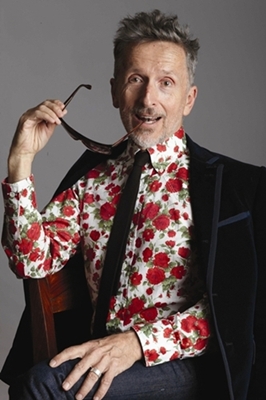
"I am invariably stuffed into a flowery shirt of some description," says Doonan. "It's my signature flourish."
Was “ratchet up your fabulosity factor” one of your New Year’s resolutions? Does that resolve now seem a dim and fuzzy memory? Then thank heaven for Simon Doonan and his new book, “Gay Men Don’t Get Fat” (Blue Rider Press; $24.95).
Style setter, best-selling author and creative director for Barneys New York, Doonan riffs on our tendency to defer to French women regarding matters of living well, dressing with panache and eating dessert. Really though, who knows more about good times and looking great than gay men? As Doonan puts it: “Gay men are French women … with penises.”
This self-described “Gucci-wearing Margaret Mead at heart” shows why gays know how to work, play and dress better than anyone else, and offers advice for getting with the program.
Most gratifying to me was that in his Top 10-ish (actually 13) life-enhancingly fabulous films, Doonan includes “Double Indemnity,” “Mildred Pierce,” “Some Like It Hot” and “All About Eve.” Oh, and “Mommie Dearest” – duh! (The others are: “Paris is Burning,” “The Boys in the Band,” “X, Y and Zee,” “Faster, Pussycat! Kill! Kill!” “Female Trouble,” “Showgirls,” Rosemary’s Baby,” and “Midnight Cowboy.”)
At a recent book signing at Barneys in Beverly Hills, Doonan graciously shared his thoughts on the glory of black and white. “Film noir has been important to me since I first saw ‘Double Indemnity’ at age 6 [on TV]. It’s mysterious and sad and sexy. I’ve always loved it. I can’t imagine living without knowing about film noir. I feel sorry for kids who grew up on rom-coms and don’t have this beauty in their lives. J’adore!”
The book is the literary equivalent of the champagne and macaroons that circulated at the Barneys event. In chapters such as “Macaroons Are So Gay!” “Jamie Oliver is a Lesbian,” “The Bitter Tears of Jackie O” and “Go Tuck Yourself,” Doonan merrily gushes about the surprisingly straight origins of chi-chi gay-friendly food, lesbian trend-setting, ignorant interns and scary plastic surgery. In “The Fag Hagony and the Ecstasy,” he offers tips for ditching the shackles of ridonculous societal expectations and cultivating a gay entourage.
His hilarious observations are laced with fondness and compassion for his target market. “I dedicate this book to the straight women of the world, whose lives seem insanely more complicated than my own and whose shoes must surely hurt like hell. I feel your pain, girls!”
Author photo by Albert Sanchez
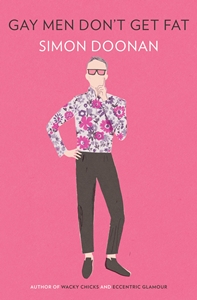





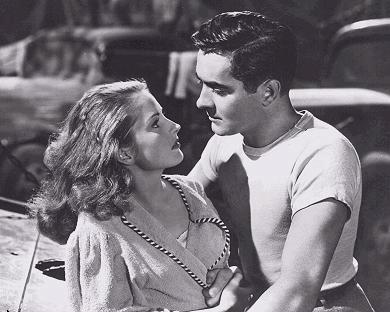
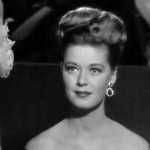
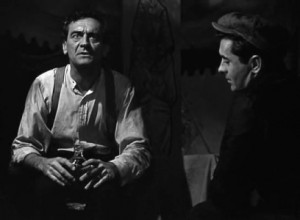
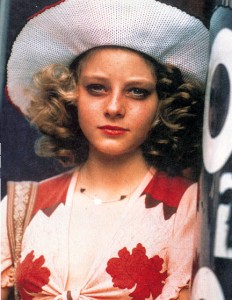





From FNB readers